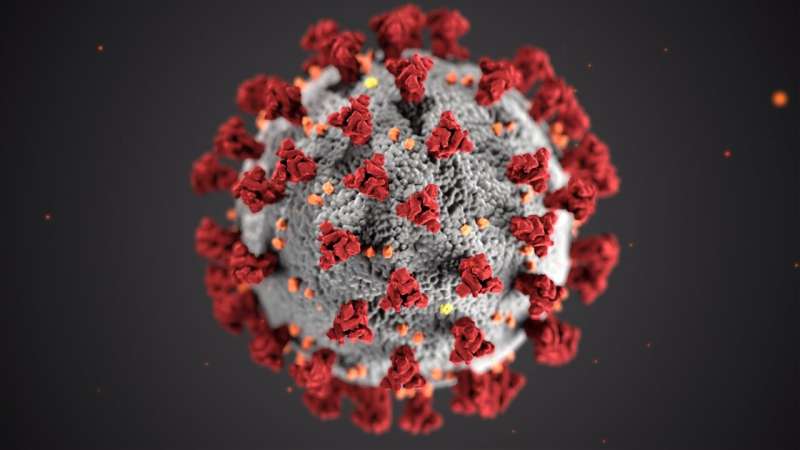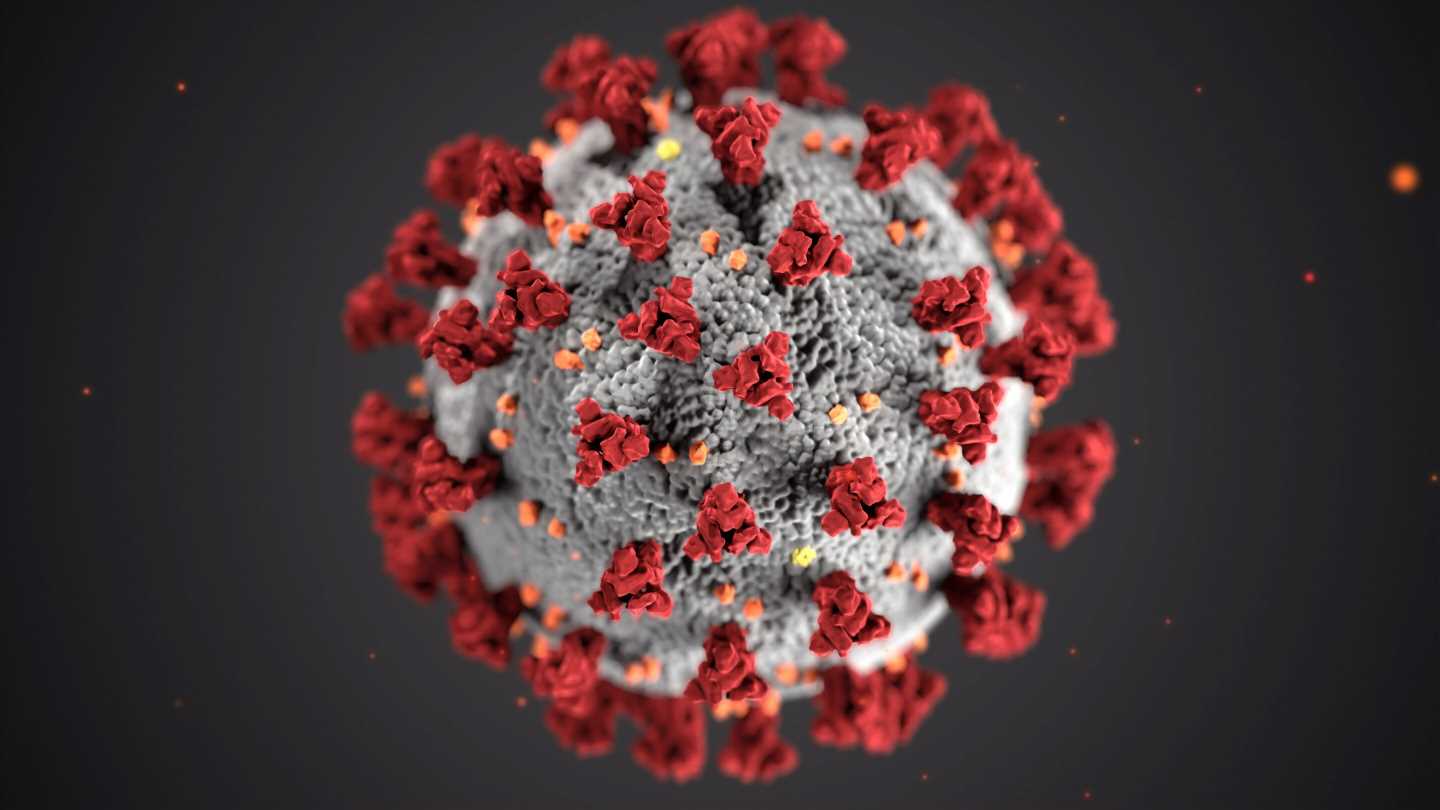
By August 2022, most children and adults younger than 60 years in Canada had been exposed to SARS-CoV-2 through a combination of vaccination and infection, according to a large study looking at blood antibodies published in CMAJ (Canadian Medical Association Journal).
The study of almost 14 000 people provides a clear view of the changing antibody landscape during 2.5 years of the COVID-19 pandemic. Over that period, there was a change from virtually all pediatric and adult participants being immunologically naive (and thus susceptible) to SARS-CoV-2 to almost all having been immunologically primed (through vaccination, infection or both). Primed individuals are expected to have swifter immune memory responses to reduce the risk, especially of severe outcomes from SARS-CoV-2.
The study was conducted by the British Columbia Centre for Disease Control (BCCDC), which has a long-established seroprevalence protocol for monitoring population susceptibility to emerging or re-emerging respiratory viruses. The BCCDC launched its first SARS-CoV-2 serosurvey among people living in BC’s most populated Lower Mainland region in March 2020 just before the World Health Organization declared the COVID-19 pandemic. Using this survey as the baseline, researchers conducted 7 more analyses up to August 2022.
During the first year of the pandemic, very few people had antibodies to SARS-CoV-2, with less than 1% seroprevalence during the first 3 snapshots and less than 5% by January 2021. With the SARS-CoV-2 vaccine rollout, seroprevalence increased dramatically during the first half of 2021 to 56% by May–June 2021 and 83% by September–October 2021.
Conversely, infection-induced seroprevalence was low (less than 15% in September–October 2021) until Omicron waves occurred, rising to 42% by March 2022 and 61% by July–August 2022. The combined seroprevalence for vaccination or infection was more than 95% by the summer, with most children but less than half of adults older than 60 years showing evidence of having been infected.
“We found the highest infection rates among children, closely followed by young adults, which may reflect their greater interconnectedness, including between siblings and parents in the household, as well as with peers in schools and the community,” writes Dr. Danuta Skowronski, the lead investigator based at the BCCDC and University of British Columbia, Vancouver, British Columbia, with coauthors. “The lowest cumulative infection rates were among older adults, which may reflect their greater vaccination rates and social isolation.”
Findings from the United States show similar age-related infection rates. Data among children from other provinces in Canada, however, remain limited.
The authors reinforce continued prioritization of SARS-CoV-2 vaccination for older adults.
“Although everyone may benefit somewhat from additional vaccine doses … the prioritization of older adults, who are still at greatest risk of severe [COVID-19] outcomes, remains most consistent with immunization goals to prevent serious morbidity and preserve health care capacity as the 2022–23 respiratory virus season begins,” they write.
More information:
Serial cross-sectional estimation of vaccine- and infection-induced SARS-CoV-2 seroprevalence in British Columbia, Canada, Canadian Medical Association Journal (2022). DOI: 10.1503/cmaj.221335
Journal information:
Canadian Medical Association Journal
Source: Read Full Article
